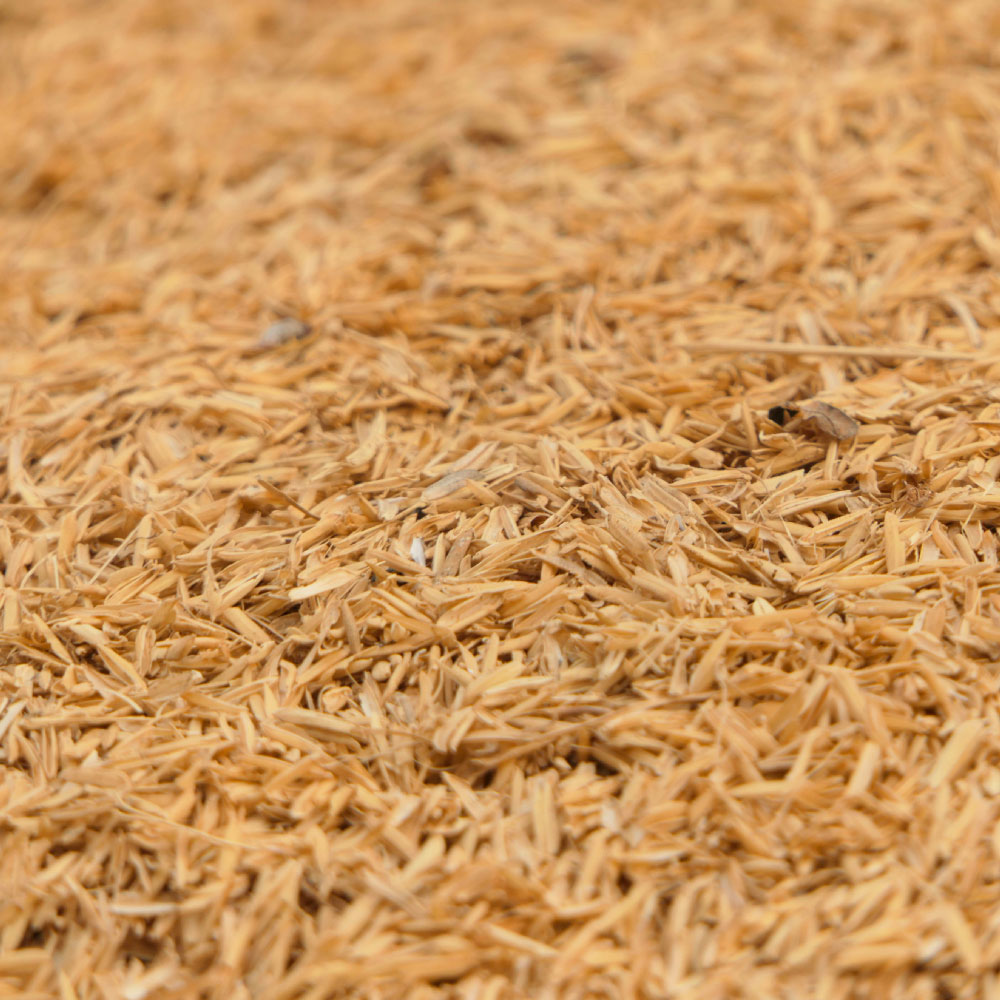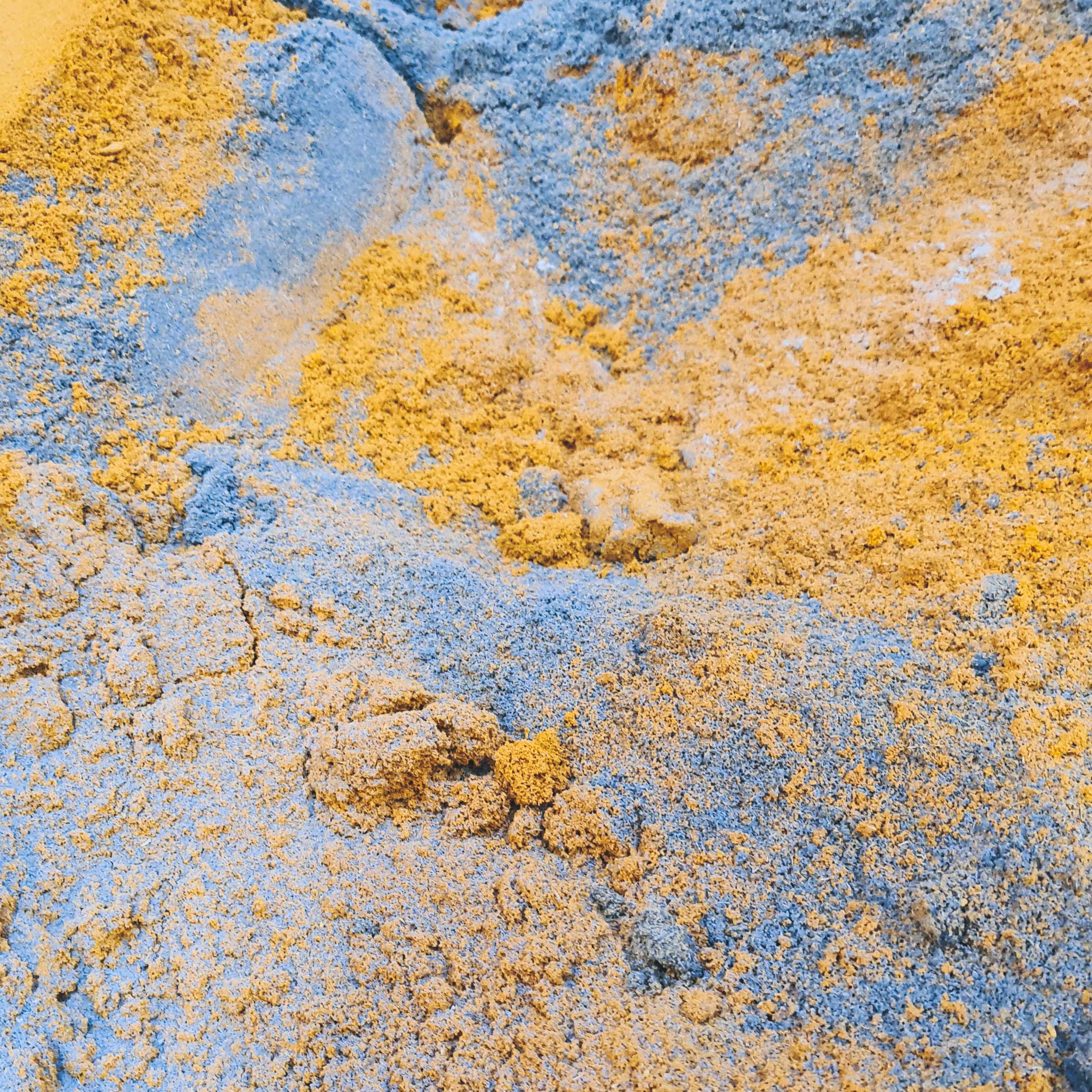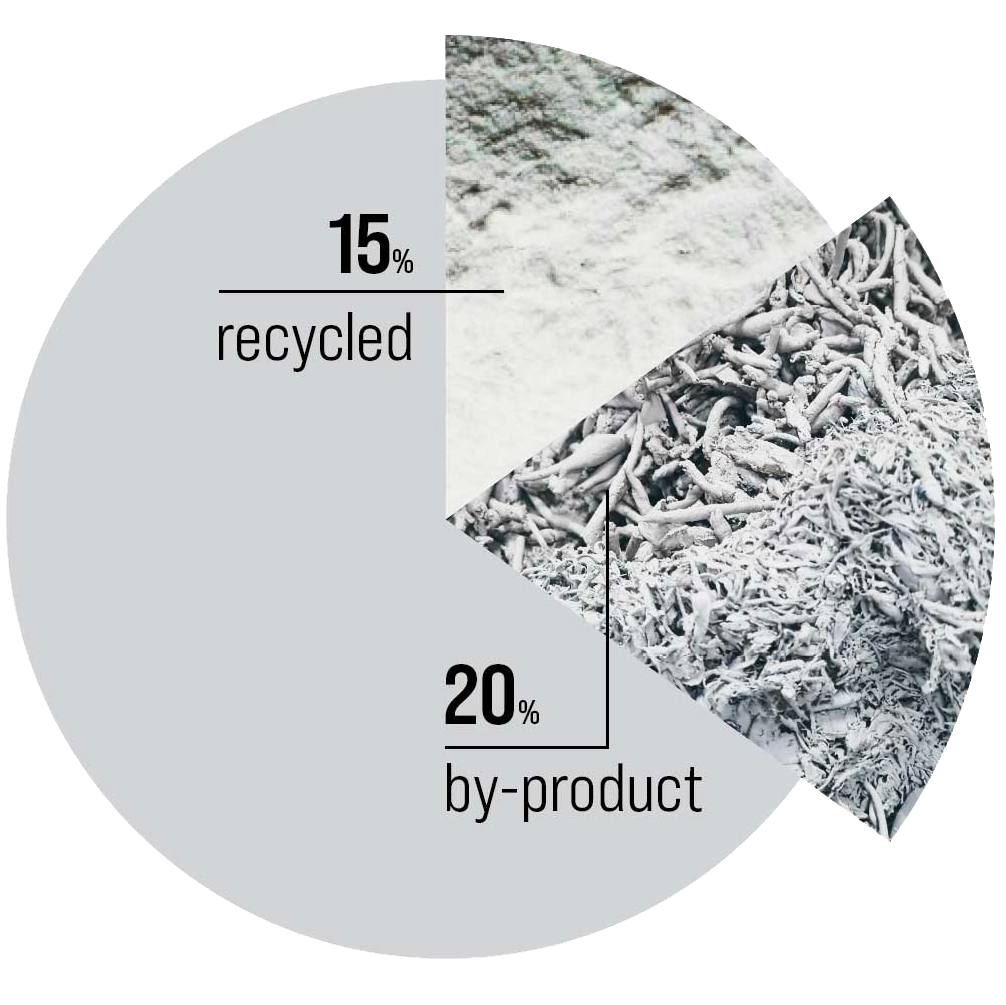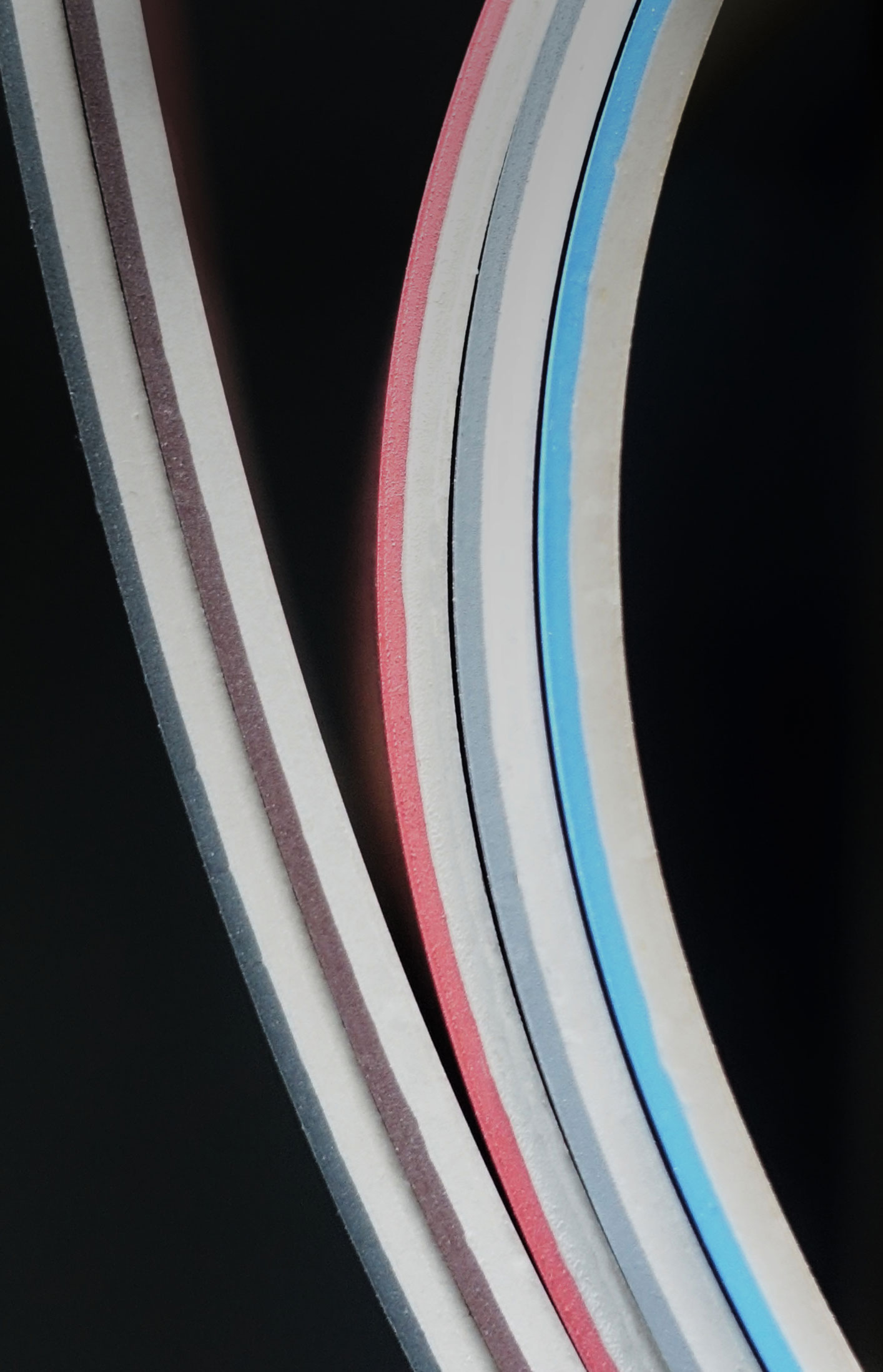GAIA is based on five main innovations:

1920×782
Home » Sustainability » Gaia
What is GAIA?
GAIA is a version of our products.
It is actually a sourcing methodology, the result of an eco-design working method that consists of substituting some ingredients with more sustainable equivalents. By utilizing this approach, we prioritize materials that have lower environmental impacts. For years, we have dedicated our research to the pursuit of more sustainable materials, striving to incorporate recycled and bio-based or renewable content that aligns with our environmental goals.
We did not change the recipe of our products. We use the same high quality ingredients with better sources.
What does GAIA deliver?
GAIA, our latest innovation, is aimed at minimizing the GWPⓘ (Global Warming Potential) of our products and finding a second life for our by-products.
GAIA offers on average
a 60% reduction
of Cradle to Gateⓘ GWP
(Compared to before our Eco-Design intervention)
How do we achieve this?
Rubber largely produced using bio-based oils coming from plants or seeds. By utilizing it we reduced our dependence on non-renewable resources minimizing environmental impact.


2. Silica obtained from rice husks
Rice husks are a by-product of rice cultivation, usually discarded as waste. Repurposing this rapidly renewable material has no effect whatsoever on the food chain and we manage to get a substantial reduction in the need for resource-intensive extraction processes, typical of traditional silica.


3. Recycled calcium carbonate
Derived from Carrara white marble waste/scrap powders. This integration not only gives new life to a by-product but also reduces the need for virgin calcium carbonate extraction.


4. Bottom layer free of added pigments
Our new bottom layer is free of added pigments. It’s an “invisible” innovation since you won’t see it in the installed product, but pigments, although in small quantity, are responsible for a high percentage of GWP.




UNI · front and back




KAYAR · front and back
5. Recycling our own waste material.
We incorporate into our flooring different kinds of wastes, pre- and post-processed: raw compounds; grinded off-cuts and trimmings; raw and cured powders.








Recycled and re-used (third party-certified) percentages for GAIA floorings
recycled = Marble powders / by-product = in-house scraps
Standard Flooring 2 mm


TOTAL 29,5%
Standard Flooring 3 mm


TOTAL 35%
Standard Flooring 3,5 mm


TOTAL 35,5%
Standard Flooring 5 mm


TOTAL 46,5%
We've been doing it right for a long time
Our premium rubber flooring has consistently utilised our unique double layer Dual D Technology, where the end result consists of two distinct layers molecularly bonded together, each designed for specific performance attributes. This innovation has emerged as the cornerstone of our sustainability efforts.
With Dual D Technology, we seamlessly integrate two layers of flooring, each with its unique properties, including:
• The top layer, ensuring durability and effortless cleaning.
• The bottom layer, providing cushioning and acoustic benefits.


We are the only company having developed this technology, making our flooring unique!


In the new scenarios related to the increased importance of sustainability, our persistence in pursuing this technology has led us today to a huge competitive advantage. Recycling internal and, in the future, external waste is easier and without compromising on performance.
The bottom-layer allows us to incorporate additional and varied recycled content, into our products.
Extended Glossary
Cradle to Gate
(or Phase A1-A3): it includes that first part of the life cycle of the product, which means a product’s environmental footprint up to the point where it leaves the factory gate: the transport of the ingredients from the supplier to the factory, the ingredients themselves and the energy used for production.
EPD
Environmental Product Declaration. The environmental product declaration is the tool used to communicate the potential environmental impacts calculated from the LCA. In an EPD, a product’s life cycle is sectioned into various stages of life, where each stage is further divided into specific activities. Each activity has the potential for environmental impact. For example, in the Product Stage, one of the activities to consider is manufacturing, where energy is required to produce your product. The EPD is defined by International Organization for Standardization (ISO) 14025 as a Type III declaration that quantifies environmental information on the life cycle of a product to enable comparisons between products fulfilling the same function.
GWP
Global Warming Potential. A measure of the contribution of a product to global warming.
Each greenhouse gas has a different potential to cause global warming, which complicates calculations. Therefore, all greenhouse gas emissions are converted into carbon dioxide equivalents (CO2 eq.), allowing for standardized calculations.
In the EPD (see EPD), the total GWP is reported in mass as kg CO2 eq. and, because the life cycle is divided into stages, you have the option to extrapolate data from any individual stage of life. For example, the Product Stage (listed as A1-A3), also known as the Cradle to Gate stage, is most often requested for these reasons:
• it includes all activities related to making and packaging the final product;
• it typically contributes the most environmental impacts;
• it is the easiest to use for product-to-product comparisons.
Bio-attributed Rubber
Bio-attributed Rubber is produced with a large quantity of bio-based oils coming from plants or seeds.
The term “bio-attributed” indicates that the use of bio-based feedstock has been ascribed using mass balance methodology, which measures the extent to which fossil fuel-derived feedstocks have been substituted by renewable or bio-feedstocks.
What is the mass balance approach in the context of bio-attributed materials?
The mass balance approach is a method used to manage the use of biopolymers and renewable raw materials. It is based on tracing the flow of materials to allow for the replacement of part of the fossil resources by bio-based ones without modifying the processes and industrial equipment. The mass balance approach consists of segregating by bookkeeping the quantity of renewable material and “attributing” this quantity to finished products at the end of the chain.
Product claims should always be verifiable and certified. These products should be identified as “renewable attributed products” and should not be referred to as “bio-based products.”
CONTACT US!
"*" indicates required fields

